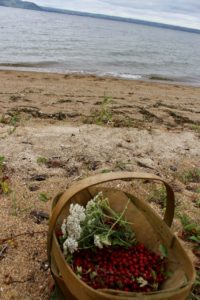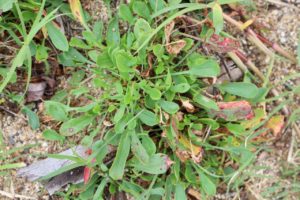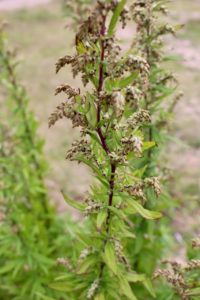One of the things I do is talk to groups on edible weeds. I’ve spoken to quite a number of gardening groups all over the Bay of Plenty and to other groups like the North Rotorua Probus group, who invited me to
speak Monday April 23rd. I gave a power-point presentation and had wild edible samples. It was all well received.
Since I was over in Rotorua I took the opportunity to go foraging on the shores of the lake in Hannah’s Bay
for wild hawthorns Craetagus monogyna. Last year at this time I was in Nelson and harvested them there. I like to have
a supply to use in teas as a calming drink that helps me sleep and as a tonic for my heart. For more information on Hawthorn, see my blog here.
 While picking the haws I met an interesting elder man who was carrying a wrapped oxalis plant with pink flowers in his hand. He was transplanting it to his garden. I was delighted and pleasantly astonished that someone would actually bring oxalis into their garden, but why not if you like it! So many people have told me they ate oxalis leaves as children. The flowers are juicy with a pleasant tang. This man seemed quite eccentric and was going to grow some hawthorn bushes as well. He said that people too easily pull them out, as they’re a lovely plant. Music to my ears! It is so wonderful to meet like-minded plant people.
While picking the haws I met an interesting elder man who was carrying a wrapped oxalis plant with pink flowers in his hand. He was transplanting it to his garden. I was delighted and pleasantly astonished that someone would actually bring oxalis into their garden, but why not if you like it! So many people have told me they ate oxalis leaves as children. The flowers are juicy with a pleasant tang. This man seemed quite eccentric and was going to grow some hawthorn bushes as well. He said that people too easily pull them out, as they’re a lovely plant. Music to my ears! It is so wonderful to meet like-minded plant people.
I loved being on the shore of the lake and always feel alive when I meet wild edibles doing their thing like sheep’s sorrel Rumex acetosella. Most people
hate this plant for its spreading red coloured stems and arrow shaped leaves. It is an indicator
however, of acidic, often poor soil devoid of humus. It tastes good to eat with its tangy, sour flavour. I put it in salads and pestos. There was also yarrow Achillea millefolium which pleased me as I’d been looking for it to dry. I use yarrow in tea along with elderflower Sambucus nigra. I recently reacted to possum fur next to my skin on my neck and forearms and came up with a terrible rash. I boiled up yarrow and elder and added it to a soothing bath to draw out the rash and calm the terrible itchiness. I also drank it as tea and this combination can be used to help draw out a flu fever.
Mugwort or Croneswort Artemesia verlotiorum was also growing in clumps on the shoreline, happily flowering away. This is a perennial with rhizomes, that can grow up to 2m tall, with small yellow or reddish brown flowers. It has a long history of use being one of the nine sacred Druidic herbs that were believed to protect against evil and poisons. It was used in England long ago in beer making and as a substitute for tea and this aromatic herb continues to be used in poultry stuffing in various European cuisines. I’d like to try that.
Mugwort is still used in Chinese medicine in moxa treatments where a tightly wrapped cigar stick of dried
mugwort is burned over acupressure points to stimulate heat/warmth when a person has internal cold. I have had this treatment and I found it worked to bring my body back into balance. www.juliasedibleweeds.com









